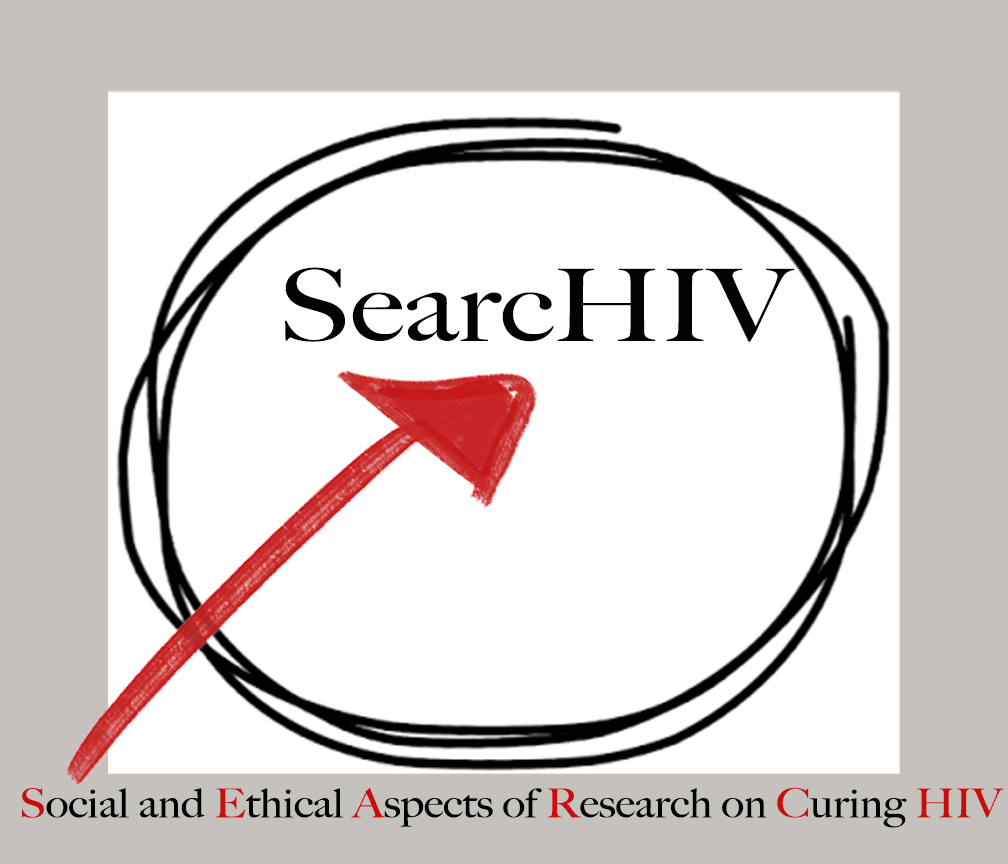By Karine Dubé
The IAS 2015 meeting held in Vancouver, Canada in July 2015 was a reminder that we need to exercise caution about any claims of HIV cure. Below are the major HIV-cure related research highlights that are particularly relevant to the searcHIV working group.
IAS 2015 Towards an HIV Cure Research Symposium: July 15 – 16, 2015
Program at a Glance: http://www.iasociety.org/Web/WebContent/File/IAS2015_Symposium_Programme_July2015.pdf)
Scientific Highlights
- Dan Kuritzkes from the Harvard Medical School (http://www.hms.harvard.edu/dms/virology/fac/Kuritzkes.php) opened the IAS 2015 HIV cure research symposium with the question of whether Timothy Brown’s cure could be replicated. Dr. Kuritzkes reviewed partial successes across the various HIV cure research modalities as well as steps for the future. He reminded the audience to discuss the science responsibly in order to manage expectations around an HIV cure-related research.
- Sáez-Cirión from the Institut Pasteur (the same researcher as for the VISCONTI cohort) discussed the case of the HIV virologic remission for more than 11 years of a perinatally-infected child in France. The Agence Nationale de Recherche sur le SIDA (ANRS) monitored over 10,000 mother-infant couples since 1996. Of the 187 children followed-up, 100 received combination ART (cART) before 6 months of age, and 15 interrupted treatment. One patient was able to remain virologic control for over 12 years despite an unfavorable human leukocyte antigen (HLA) background. The researchers have yet to investigate the full immune profile and the possible reasons for the sustained virologic suppression. This pediatric case offers a proof-of-concept for long-term control of HIV without treatment and pushes the field to better define the concept of HIV remission.
- Jonathan Karn from Case Western Reserve University (http://www.case.edu/med/microbio/karn.htm) discussed gender-specific differences affecting the reactivation of latent HIV. Estradiol inhibition of proviral reactivation is indeed gender-specific. Therefore, the design of regimens for HIV proviral reactivation need to account for estrogen, and perhaps other hormones such as progesterone. Dr. Karn’s talk provided evidence of the need to include women in HIV cure-related studies. Age-related differences were not ascertained.
Community Highlights
- Matthew Sharp provided the community perspective. Having spent more than half of his life living with HIV, Matt asked to unravel the complexity of trauma associated with long-term survival. Matt mentioned that there remain several community myths, misunderstandings and mistaken reporting about HIV cure-related research. He called for greater synergies between the clinical and socio-behavioral research agendas.
- At the pediatric HIV cure research roundtable, Marie Theunissen, from South Africa, provided the community perspective from resource-limited settings. Marie highlighted that communities can be the best advocates for moving the research forward, but it will take a lot more efforts from scientists to engage communities in a meaningful way. There is a need for ongoing feedback about the science and a better appreciation for patient’s understandings around HIV cure research. Marie also highlighted potential concerns around treatment interruption in an African setting when patients are reminded to take their medications every day.
- David Evans, from the DARE Community Advisory Board, discussed the needs and concerns of people living with HIV with regards to combination therapy studies. He highlighted that combination studies may increase the complexity of informed consent. Patients should be reminded of the experimental medicine nature of the research.
Main Conference Program – IAS 2015 HIV Cure Research Highlights
Scientific Highlights
- One of the main scientific highlights of the IAS 2015 conference was the unveiling of the START trial results. START is the first large-scale randomized control trial to establish that people living with HIV have a considerably lower risk of developing AIDS or other serious illness when they initiate treatment as close as possible to diagnosis, regardless of their CD4+ cell counts. These results also hold constant regardless of age, gender, race or region of the world. The START study was conducted in 35 countries, in 215 trial sites, and accumulated over 14,000 person-years of follow-up. There were 42 events seen in the immediate treatment arm versus 96 in the deferred arm, leading to a 57% reduction in risk following immediate treatment. The START trial results reinforce he need for health systems to improve programs aimed at diagnosis HIV infection and linking those diagnosed to HIV care, and may affect attitudes around treatment interruptions used in HIV cure-related studies to assess viral rebound. The World Health Organization (http://www.who.int/en/) will release the updated HIV treatment guidelines in December 2015 as well as recommendations for the use of pre-exposure prophylaxis worldwide.
- The session on “Achieving HIV Remission – Reconciling Disparate Strategies,” co-chaired by Françoise Barré-Sinoussi and Sharon Lewin (http://www.findanexpert.unimelb.edu.au/display/person190), highlighted that, giving the existence of very potent antiretroviral drugs able to suppress HIV, the background of safety is very high in HIV cure-related research. We must have very good safety and efficacy data before moving new compounds or interventions into human clinical studies.
Community Highlights – Paving the Way for Durban 2016
- The main community highlight of the IAS 2015 meeting was the Canadian Stakeholder Engagement meeting, which started a dialogue about how to pave the way for the IAS 2016 meeting in Durban, South Africa. Key take-away from the community workshop included:
- The need for a multi-stakeholder perspective to support HIV cure-related research and to use platforms where people are already engaging around the research
- Providing information about HIV cure research that is simple and basic
- The importance of appreciating the language with which community discusses HIV cure-related research
- The need to understand the diverse motivations and barriers which may influence willingness of people living with HIV to participate in HIV cure studies
- The importance of appreciating the role of social sciences in HIV cure research to guide meaningful community and stakeholder engagement and ensure ethical conduct of research
- The need to carefully management expectations around HIV cure-related research and responsibly report findings, especially in the media
For more details, see IAS 2015 HIV Cure Research Roadmap:

